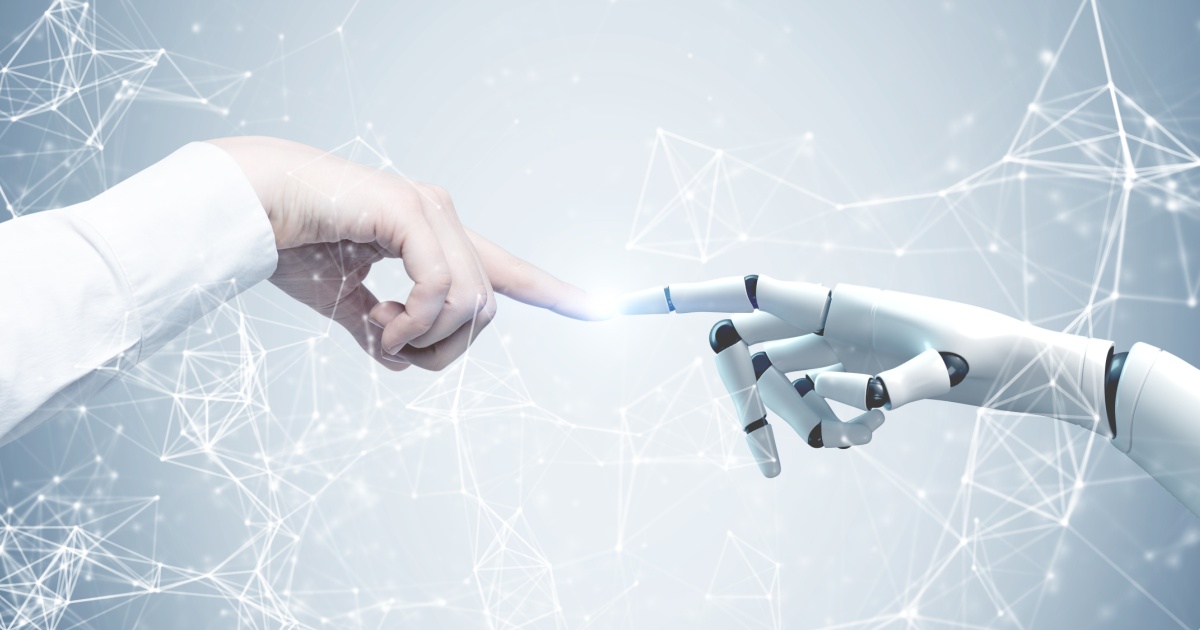
Employees today are continually asked to do more with less, which can lead to epic burnout and disengagement. So how do we help these employees (aside from hiring a larger workforce?) One answer is to help employees automate some of their rote functions with artificial intelligence (AI). Employees, particularly those in younger generations, are increasingly embracing AI and automation to be more collaborative, creative and productive and eliminate some of the more repetitive tasks from their workloads. These workers – sometimes dubbed the “Automation Generation,” want AI technologies to enrich their work and personal lives and prevent them from feeling like robots themselves.
A new survey commissioned by automation software company UiPath found that nearly 60 percent of respondents believe that automation can address burnout and improve job fulfillment, and 57 percent report that they view employers that use business automation to help support employees and modernize operations more favorably than those that do not. These results were drawn from a survey of 6,400 workers from across the world.
So what are workers looking to get out of AI technologies? The study asked what aspects of their job would change with the help of automation tools, and respondents indicated they want:
- More flexibility when it comes to their work environment (34 percent),
- More time to learn new skills (32 percent), and
- More time during the workday to focus on critical tasks (27 percent).
Importantly, 58 percent of respondents believe that automation can address burnout and improve job fulfillment. Respondents ranked the following tasks as the ones they most wanted automation to assist with:
- Analyzing data (52 percent),
- Inputting data/creating datasets (50 percent),
- Resolving IT/technical issues (49 percent), and
- Running reports (48 percent).
“Disruption in the workplace and macroeconomic factors often mean employees are asked to bear that burden by doing more with less—but it doesn’t need to be that way,” said Brigette McInnis-Day, Chief People Officer at UiPath. “The employees of Automation Generation are embracing AI-powered automation so they can better manage their workloads, excel in their careers, and improve their work-life balance. Businesses that deploy AI in an open, flexible, and enterprise ready way are best positioned to attract and retain the types of employees that will help them thrive in an automation-first world. Automation is a key differentiator for companies to attract and retain by empowering employees and driving engagement.”
Edited by Greg Tavarez